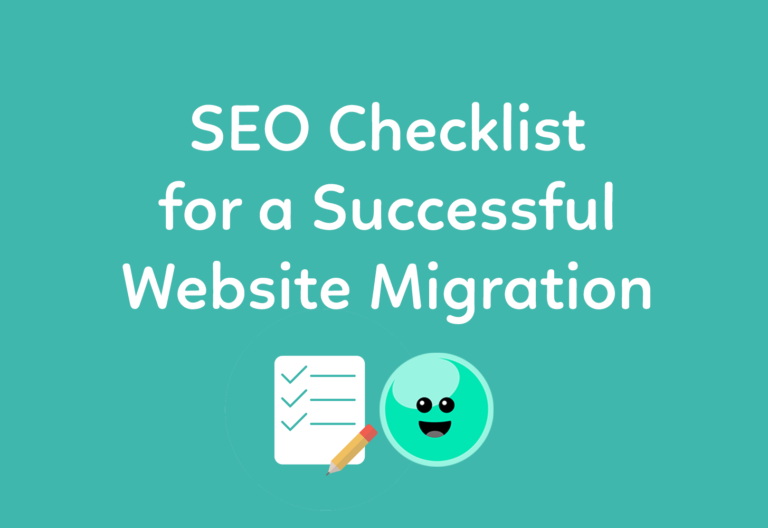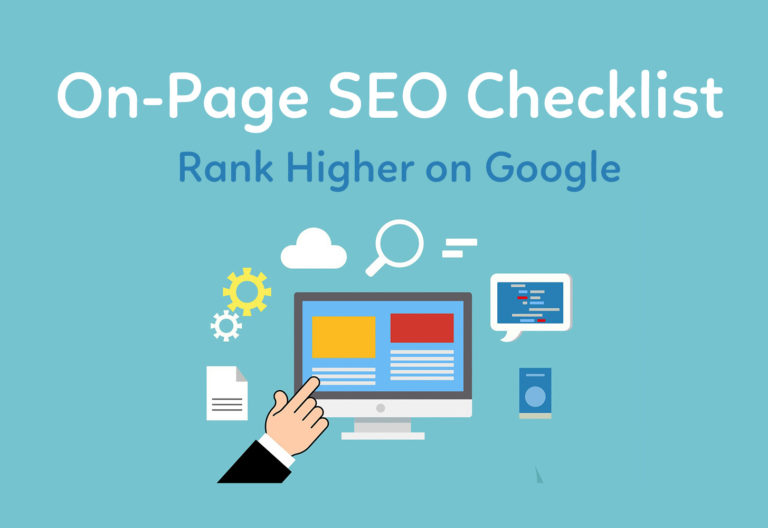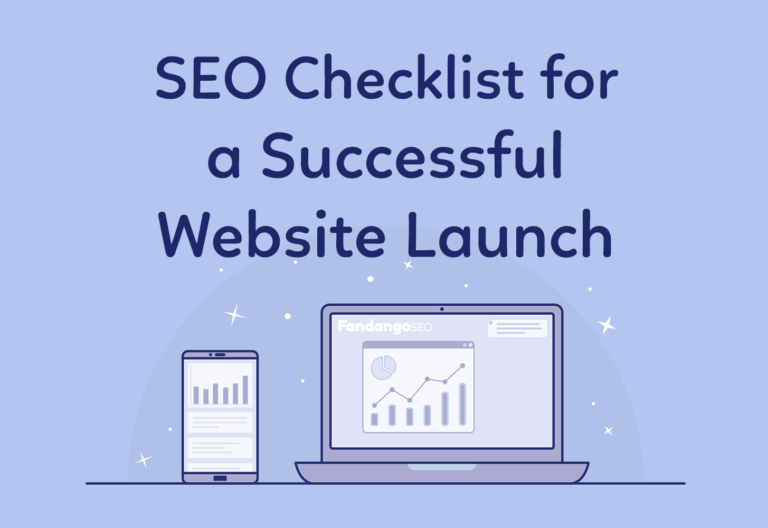To implement a good strategy for internal links is one of the most effective and primary ways to maximize your SEO. According to your internal linking structure, Google will understand which pages have more value and how your content is related. It is a key ranking factor, and you want to make sure that Google perceives your content exactly as you want.
When it comes to developing a strong internal linking structure, you have to take into account multiple factors such as link juice and page levels. This task may seem a little tricky sometimes, but here we are to help you! Use the following checklist to build excellent internal links, attractive to Google.
Best SEO practices for Internal Linking
1. Locate your links strategically
When adding links to a page, you need to meticulously choose the links and place them in the right spot. Depending on the area of the page where you put the link, you give more or less authority (link juice) to the page linked. Keeping this in mind, we recommend you to put the links following the fields below, according to the authority you want to give them (from more to less value).
- Header (add links pointing to important areas of your site for both SEO and users)
- Main content (add links to related pages)
- Sidebars
- Footers
Download our FREE Printable Checklist
How to Build Strong Internal Links
2. Quantity matters
Remember that when you add links to a page, you are spreading the link juice among them, so the more links, the less to share. In that sense, you don’t want to overcome the number of links you put on a page.
3. Create well-formulated links
When you put a link to a page, it’s not just about adding a URL. You have to create a suitable anchor text and a title describing the topic of the page where it links to. Try to use different anchor texts for the same URL on other pages of your web. This practice will give GoogleBot more information about what is the page about.
4. Image link vs. text link
If you want to link on an image, take into account that text links always provide more value than image links. This is because GoogleBot does not recognize text contained in an image. Google recommends using alt attribute with a descriptive text if you must use images for textual content.
5. Categorize your site’s pages
If you want good SEO and User Experience (UX), your site must be well-organized. Having all your pages in different categories helps GoogleBot to understand your site structure and content. On the other hand, it also facilitates your site’s usability for customers.
We recommend you to group your pages by categories and themes with a minimum of 10 pages for each. For a large website with a significant number of pages, we advise you to create subcategories, so you have a wider linking structure.
Breadcrumbs help users to navigate easily through your site, allowing them to know their location at all the time. Moreover, breadcrumbs will improve your SEO by creating a more extensive network of links and ensuring that all your pages are connected.
6. Page Depth Levels
Google recommends having the largest possible volume of pages in the first three levels of your site (three clicks away from the homepage). At the same time, it is also advised to locate your most relevant pages near to the homepage. As closer a page is to the homepage, the more authority it will have.
7. How to link your pages
A good internal link strategy consists of connecting your site’s categories hierarchically. To create this hierarchy, you need to work on a good linking structure for each page level. This means that you need to link the right content into the right place. Verify that you are on the right track by following these guidelines.
Page Level 1 (One click away from the homepage)
- Your first-level categories are on the menu. Remember that all the pages linked to the menu will receive value from all over the site.
- Other relevant pages (apart from the first-level categories) are linking to the homepage. This is a fast way for GoogleBot to find the important pages of your site and to see them more valuable.
- If your site has tags, consider putting the most important on the homepage as well. This action will help search engines to know better your keywords and your topics as well as to get to the most important pages first.
- New articles, posts, and products are linked to the homepage by dates. This allows GoogleBot to find new content on your site without effort.
- Do not overdo it with the number of links on the homepage. Keep in mind that link juice is distributed among the number of links you have on a page. If you have a lot of links, they will receive little authority.
Page Level 2
- From Page Level 1, you are linking to articles, posts, and products of the first-level categories or also of the other relevant pages (subcategories).
- If you have a large volume of articles or posts, it is strongly recommended to create subcategories and link them from Page Level 1. This practice helps to bring the content closer to your homepage and to create a more wide linking structure. As previously mentioned, Google wants to see most of your content in the first three levels.
- There are also pages linked from paginations located in Page Level 1.
Page Level 3
- You can find articles, products or posts that do not fit on Page Level 2, linked from the pagination.
- Subcategory pages on the pagination.
Page Level 4
- As you go deeper on Page Levels, you significantly reduce the number of pages.
Now that you know how to create a strong internal linking let’s get to work! Download our free checklist and make sure you cover all these points. Remember, we’re here to help you, so don’t hesitate to contact us if you have any questions. 😉
Last Updated on April 30, 2020 by Hannah Dango




